Dynamics of Indic Culture
The book begins with new interpretations of various facets of Asoka’s inscriptions, clarification of technical terms like vigada-bhica, or the practice of Vedic rites by the Emperor. Symbolism of the Aurangabad Cave 7, the suppression of Apollo in the Hellenic-Buddhist discord in Swat, the Vedic tradition of mauneya as the Way of Sakyamuni, development of Indic scripts from Brahmi, and the Inscription of King Indravarman of Cambodia whose Preceptor was a direct disciple of Sankaracarya, are expounded. Indological studies in the Netherlands, variations of the Five Buddhas, and Buddhism for the protection of the state are followed by echoes of Lord Krsna’s flute in Sufism, Padmasambhava’s entire opus on the eastern flank of India from Lanka to Kanchi, thence to Bengal, Nepal and finally to Tibet, and representations of Lord Krsna from Central Asia to Japan are detailed. Etymologies of Bukhara and Samarkand show their rise from Buddhism. The Siddha Kambala was a Kangar Turk. The title of the most popular Avalokitesvara-sutra is imprecise in Chinese. Rites for the long life of Empress Wu of China (r.684–705) and Empress Koken of Japan (r.749–758, 764–769), were conducted with a special Kalparaja from Khotan. Its dharani-mantras used on both occasions have been restored from Chinese and Tibetan transliterations. The first light house (akasa-dipa) of Asia was established in Indonesia by the Kundunga dynasty from Kerala. Extracts from Old Javanese Mahabharata and Ramayana are an overview of literary creativity in Asian lands. Statues of the Amoghapasa pentad at Candi Jago reveal the continuous contacts of India and Indonesia. Research notes on 41 topics are precise interpretations of long-sought doubts, e.g. Lord Buddha flanked by young Ananda and old Kasyapa in Chinese monasteries is from the Lotus Sutra. At times, Buddhism is a revaluation of prevailing earlier concepts even of the Vedic period. New identifications, resolution of long-sought doubts, new elucidations, and chronological changes (e.g. paper was made in India earlier than in China) open up new vistas of research.
Get it now and save 10%
BECOME A MEMBER

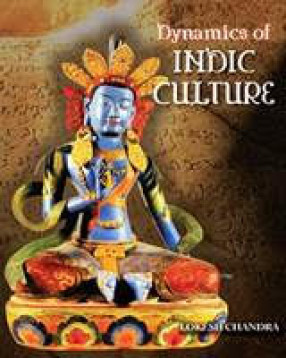
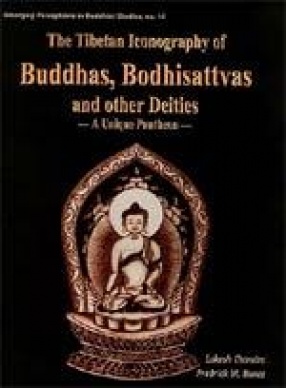
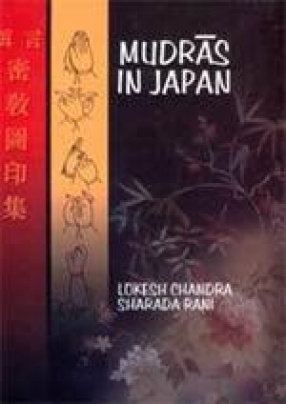
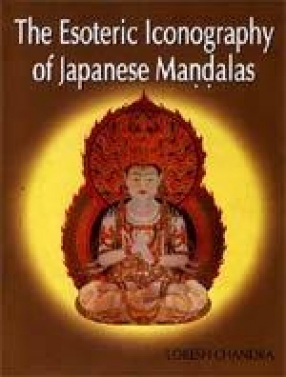

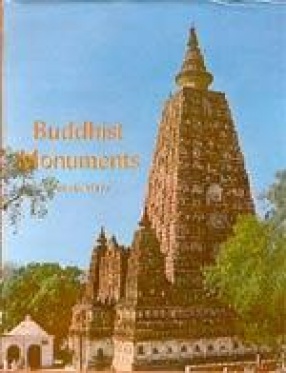
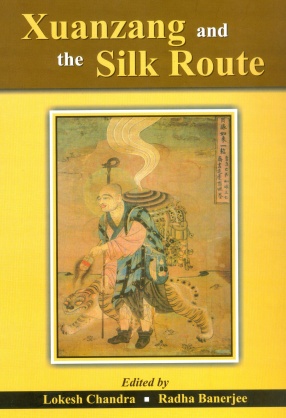
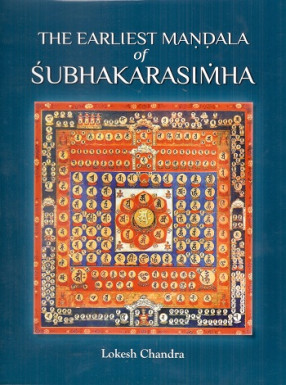
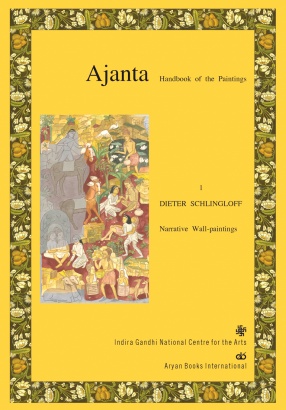

Bibliographic information